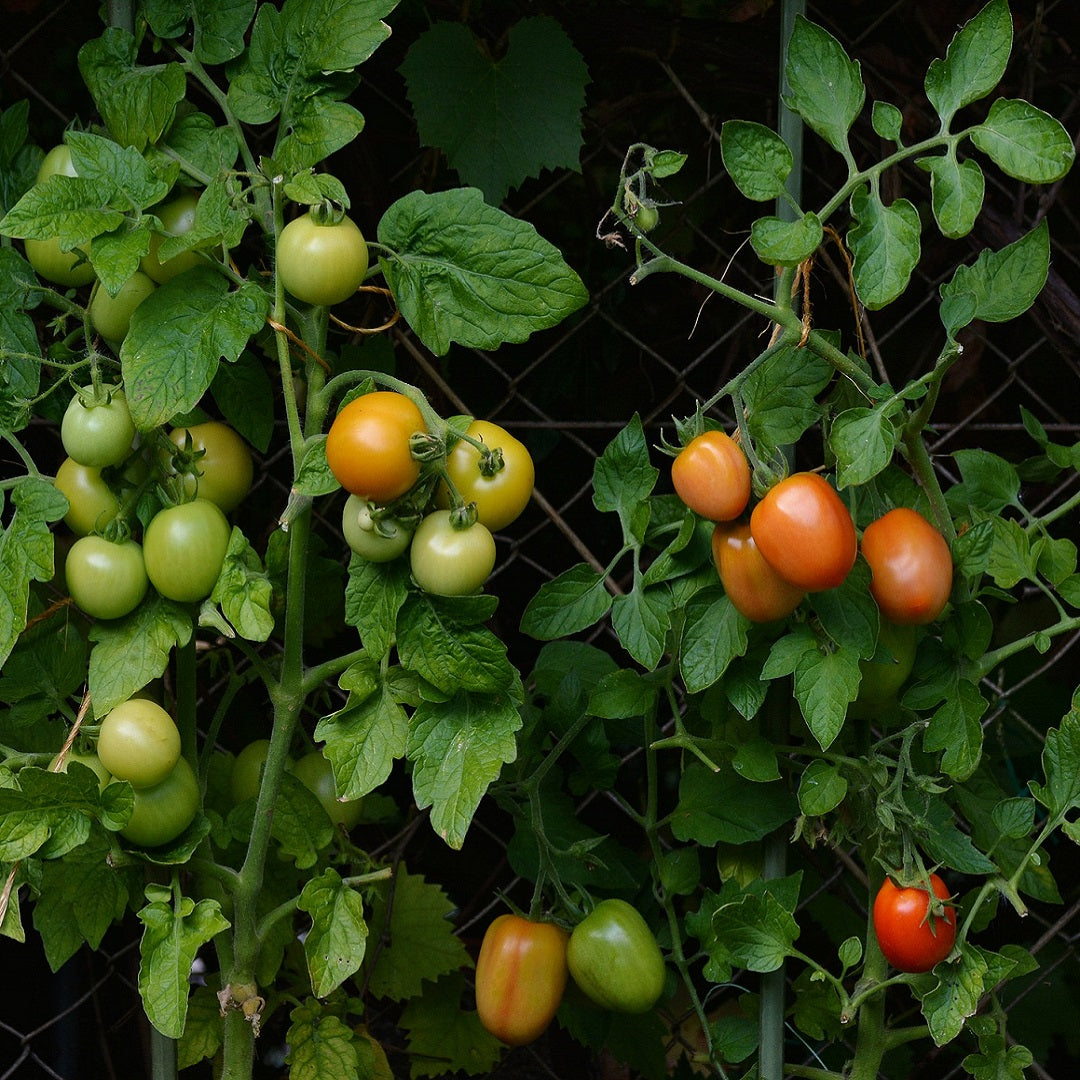Your Cart is Empty
Pathogenic fungi are at the root of more plant diseases than any other group of plant pests. Once infected, plants show symptoms of stunted growth, reduced fruit and crop yield. Pathogen fungi will ultimately lead to plant death if not treated and will kill future crops if measures are not taken to prevent it from returning.
Many fungal infections originate from infected seeds, soil, crop debris, nearby crops and weeds. Some fungi such as downy mildew, powdery mildew are responsible for foliar diseases, while some others such as pythium, phytophthora, fusarium, rhizoctonia are responsible for soilborne diseases.
Soil borne plant pathogens typically fall under the category of virus, bacterium, fungus or nematode. These pathogens are extremely resilient and difficult to eradicate. They can survive in the soil without host plants, so allowing the land to lay barren for a growing season is not always a sufficient method of ridding the soil of pathogen fungi. Tomato plants, a common favorite of home gardeners and vegetable lovers, are particularly vulnerable to various fungal diseases. Some of the most common tomato plant fungal diseases include early blight, late blight, fusarium wilt, septoria leaf spot, and verticillum wilt, and can wipe a crop out if left untreated. Most of these tomato plant-killing diseases stem from soilborne pathogens. Many of these soilborne fungi are known to be treatable with chemical applications, which most often leave harmful residues in leaves and stems, while some do not even have a known cure.
Going back to the basics of gardening 101, Prevention is the easiest, healthiest and most economical way to grow all vegetable plants. Soil must have good drainage and be refreshed with organic material.
The basic preventative measures leave you with two choices -
1) Organic : partaking in established practices such as rotating crops, pinching off leaves, keeping the foliage dry, disinfecting tools, providing adequate air circulation, removing plant debris, etc.
2) Non Organic : applying chemical fungicide either for prevention or for treatment. However, post-treatments have a risk of wasting money because in many cases it’s too late to treat a plant for a disease after it has already attacked the plant.
Whether you choose to go organic or non-organic, applying beneficial fungi, such as Trichoderma harzianum, that help build resistance to harmful fungal pathogens, will promote healthy growth of plants.
Beneficial fungi can relieve gardeners from being constantly concerned about soil borne fungal infections. An 8 oz pouch of Mikrobs contains over 300 million Trichoderma spores. The best quality Trichoderma strains in Mikrobs can help you grow flourishing tomato plants and improve the growth rate of all other garden plants
Comments will be approved before showing up.
